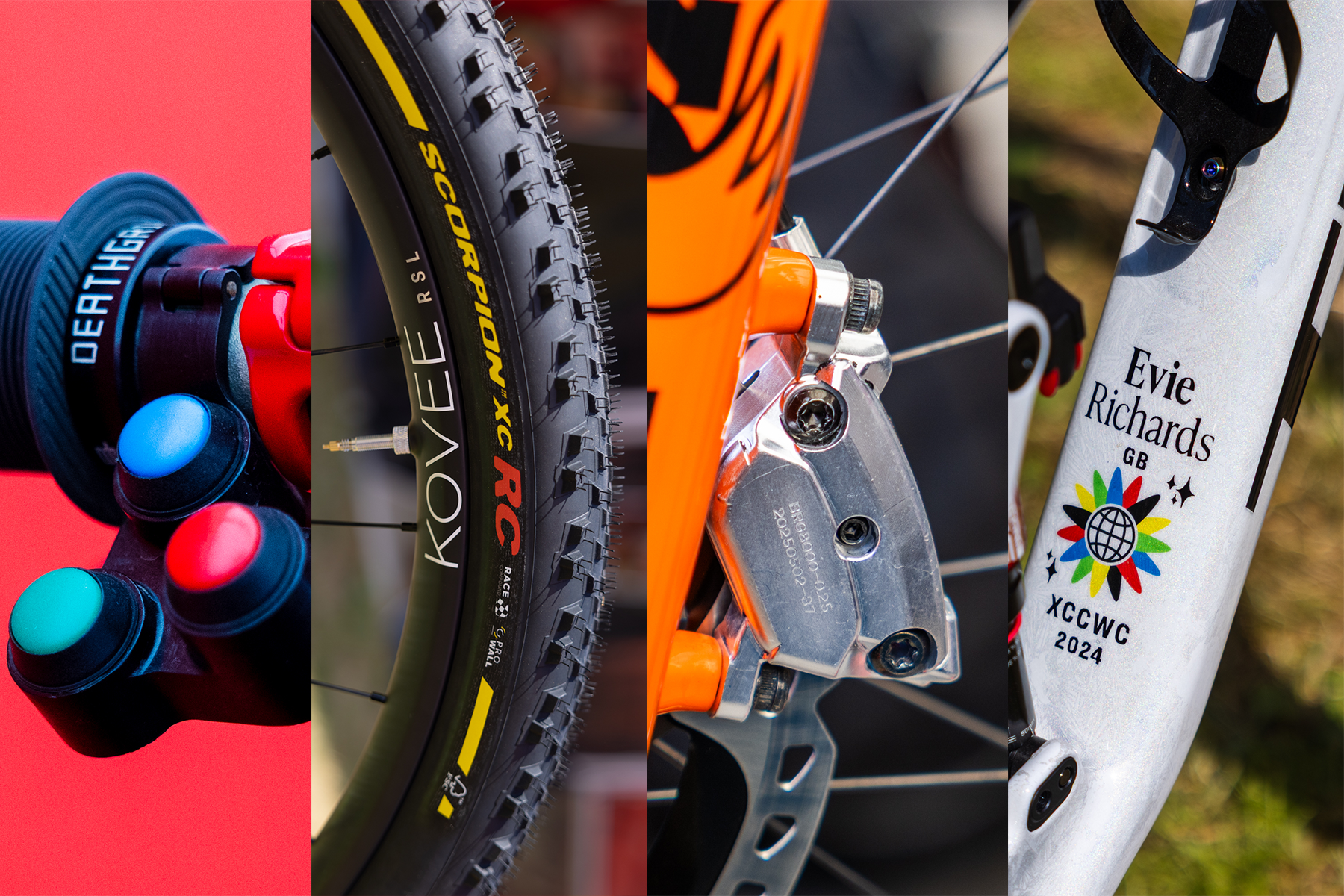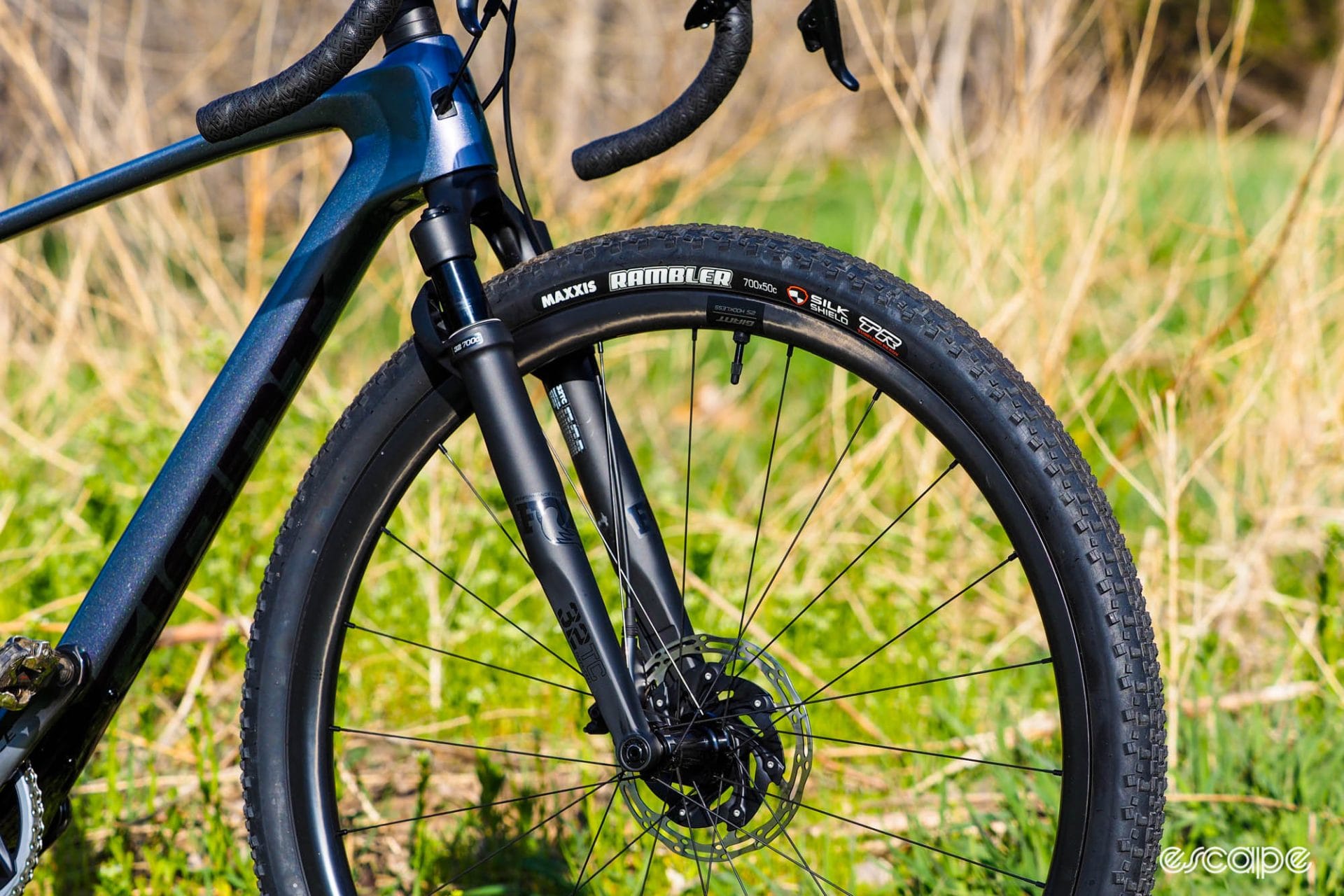Remember when your parents turned 50? Didn’t it feel like they were old and decrepit, and you'd be young forever?
How times have changed. Or probably more accurately, how our perception of age has changed. Fifty is the new 30 and once it creeps up and all of a sudden you're half a century old, it doesn’t feel so old anymore.
A few weeks ago I was scrolling through Instagram and noticed a friend of mine, Kel MacCulloch, was riding in Tibet with Stuart O’Grady, Matt Goss, Matt Wilson, and Anthony Peden.
I asked Kel what they were doing and he said they were on a two-week trip for Stuey’s 50th, which culminated in an ascent to Mt. Everest Base Camp (5,150 metres). I was green with envy. That’s a trip that’s been on my bucket list since a crew from The Old Place went there in 2017.
Stuart O’Grady had a remarkable professional career that spanned nearly 20 years, and there weren’t many things he didn’t accomplish that he set out to do. Among his achievements: 30 pro wins, including Paris-Roubaix in 2007 and two stages of the Tour de France. He's now the race director of the Santos Tour Down Under and the part owner of Mummu Cycling Tours.
Years after retiring, something else caught Stuey's eye: a switchbacked road up to the Base Camp of Everest from the Tibetan side:
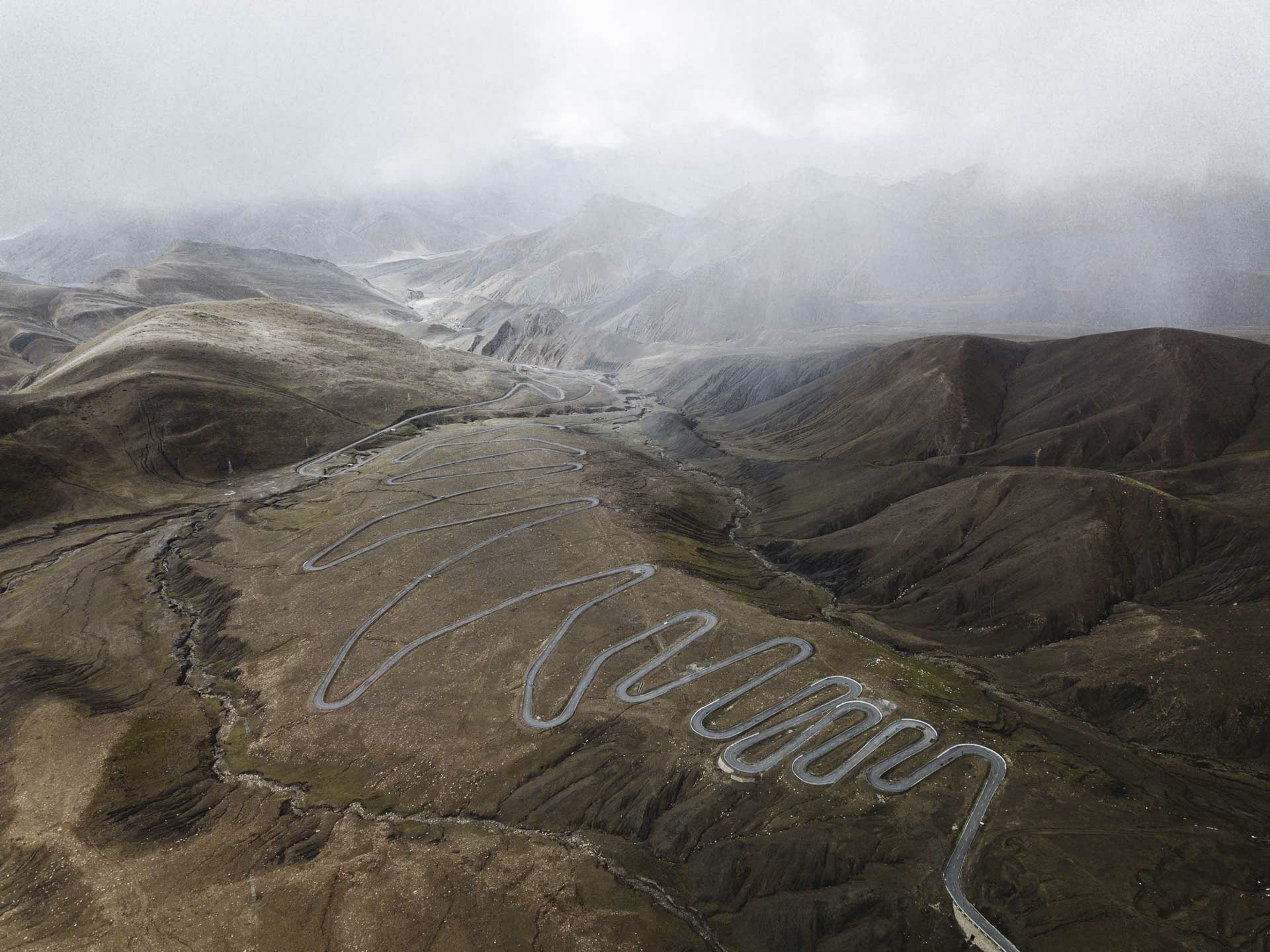
And so I had a chat with O'Grady to learn more about his remarkable birthday ride.
***
Wade Wallace: What was the impetus behind this trip to Tibet and Everest?
Stuart O'Grady: I was sitting at lunch with a mate of mine. It was just before COVID and I saw a photo of this road with a bunch of switchbacks, evidently leading to Everest Base Camp. It instantly captured my imagination. I’ve ridden up a lot of mountains in my life and been to a lot of countries, but I need to do that. And the seed was planted.
And then COVID happened. And all of a sudden I'm nearly 50 years old. I'm thinking what can I do? I mentioned to my wife that it’s something that really interests me and I might explore it a bit further, thinking it was years away ... But it wasn't.
That planted that seed and when I caught up with my friend again, he said "Well I'm in!" Thats all I needed to lock it in and get the wheels turning.
I reached out to a few of my former teammates, but the timing [to do the trip] was critical from a weather perspective. The period that was recommended was early October, weather-wise. Also with my family planning with my kid’s sport and so on, it worked out with the family calendar. So that was the chosen period.
Originally I reached out to Fabian [Cancellara] and the Schlecks [Andy and Frank] and Jens [Voigt] and we had a couple of FaceTime video calls about it and the guys were all keen, but the timing just clashed with the season. Jens was commentating, Fabian was running his team, the Schlecks had the Tour of Luxembourg. So it kinda fell to pieces, and then I thought, "You know, I'm gonna do this. I'm doing this on my own if I have to."
Then I mentioned it to a couple of people like Gossy [Matt Goss] and Matty Wilson and another couple of friends. And they went, “Yeah, that sounds amazing!" That reignited it, because it was almost dead in the water. Once I flicked them a few photos and the Serk.cc site, the guys didn't hesitate. I was almost expecting a few guys to pull out along the way and find some excuse, but everyone just went with it. And it was just the most amazing two-wheeled journey I've ever been on.
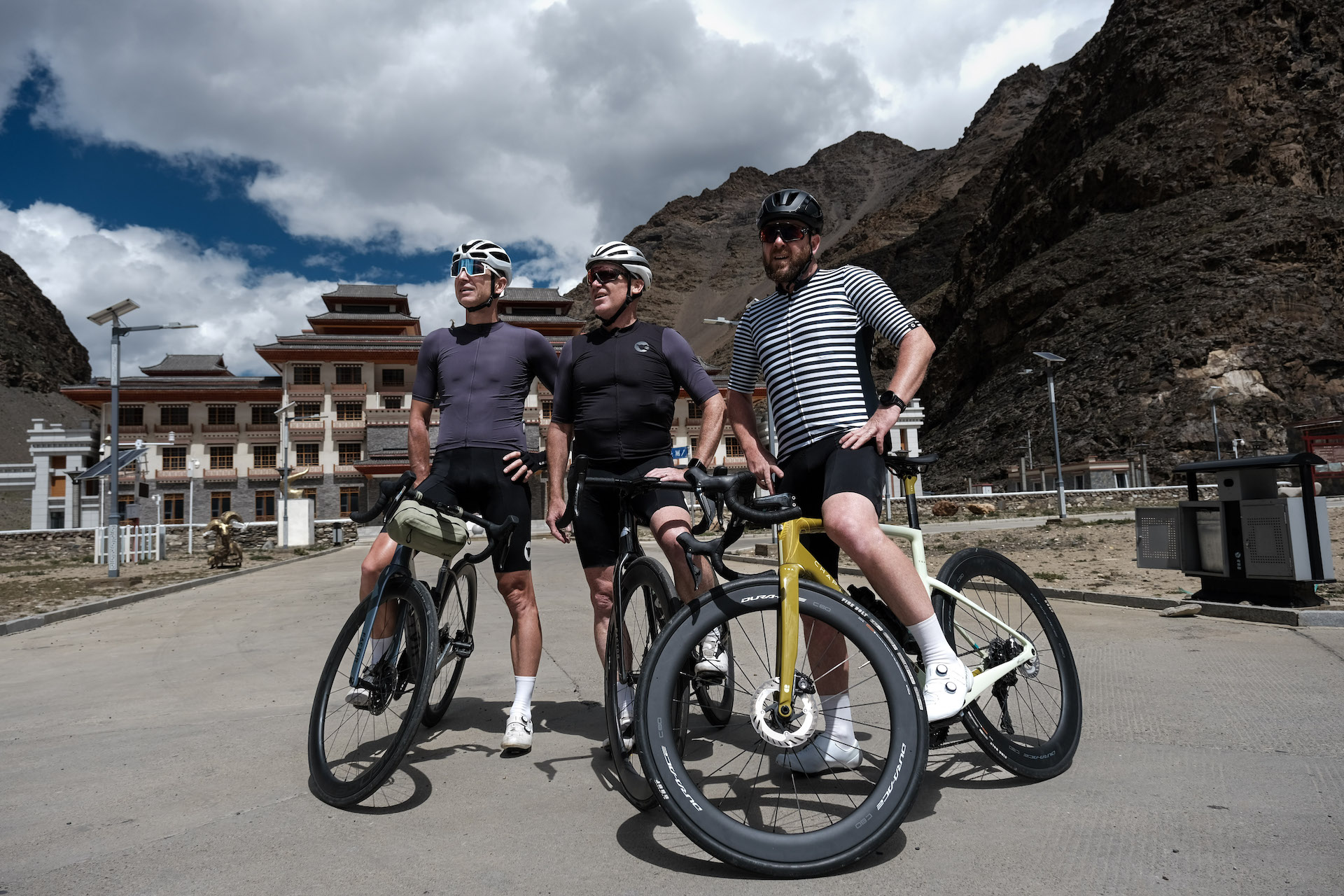
Has the mountaineering scene ever captured your imagination? Or was it this riding trip in particular that caught your imagination?
No, it's more the adventure and the uniqueness of it. I love mountains, even though I was never good at riding up them. I love the descents, I love being surrounded by the mountains, and that road was just burned into my memory. Every time I showed someone that picture, it was pretty captivating. "I gotta to get to the top of this thing so I can ride down it." That's all I was thinking.
From what I hear the altitude is pretty grueling. It sounds like your ambitions were quite reasonable.
I think this is the part that Shannon [Bufton, from Serk.cc] was afraid of. That we were all going to want to ride hard and tackle it like a race. It was the complete opposite. I’m 50. I don't want to go over there and hurt myself any more than what's already going to hurt.
I mean, riding up a mountain is gonna hurt. I want to stop at the temples, check out the markets. I want this to be an adventure and experience that ticks the "you're 50 now". It was more about the journey and just being a unique bike riding experience with some mates. That was it, there was no competitiveness to it.
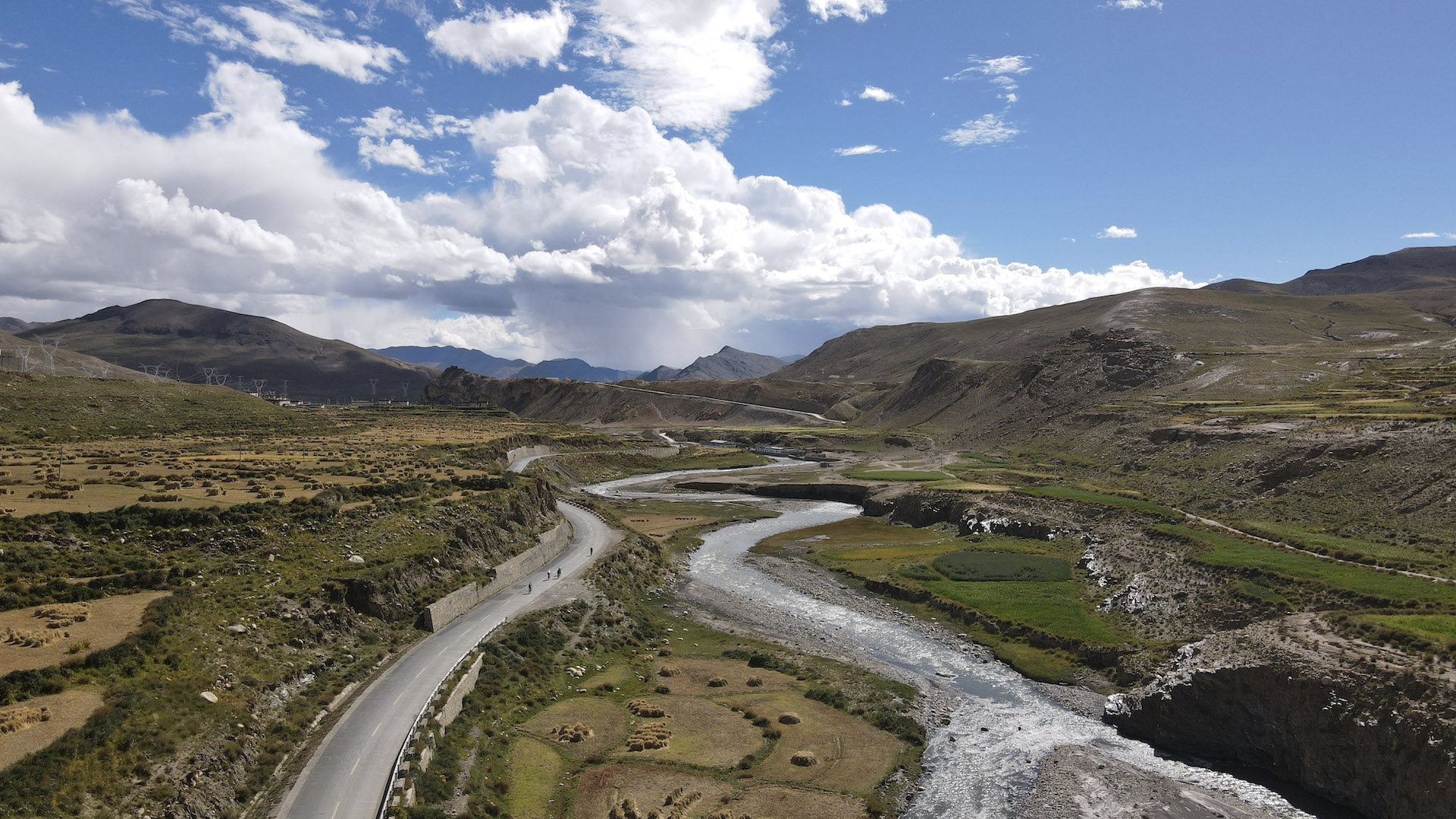
What was the itinerary? What did each day entail?
I had the chance to customise the trip because normally the tour is roughly around 18 days and I knew that it was going to be tricky to get some mates to come away for that length, which we kind of process as a Grand Tour. So I asked if we can get this down to anywhere near two weeks. Most of us are married with kids and two weeks is still two weeks out of your life. So Shannon did a great job in customising the journey for us.
We were waking up at reasonable times doing roughly 100 km a day. And it wasn’t just all climbing uphill. There were a lot of kilometres to cover. You ride the best sections, almost like a stage race.
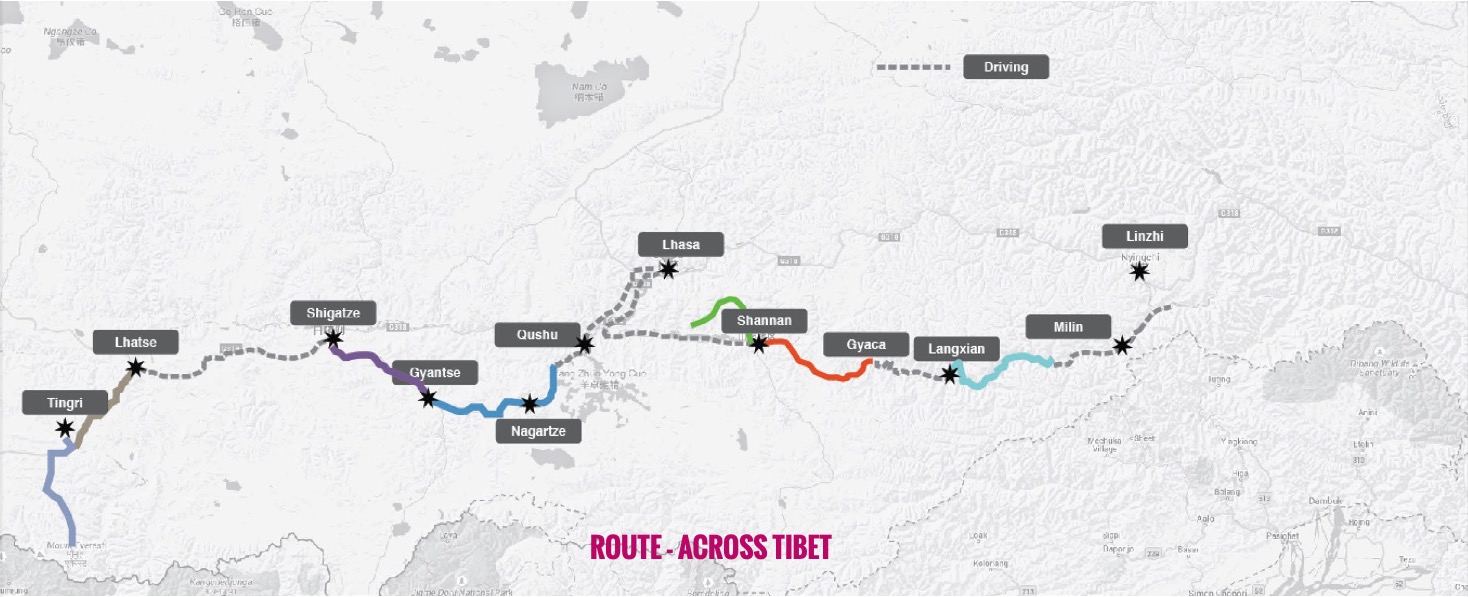
Was it going from place to place? Or did you base yourself out of a couple places and do rides from there every day? Or how did that work?
We flew direct into Chengdu, and then we flew into a place called Linzhi. That’s where we started the ride.
Each day was between four and six hours, but again, we were in no hurry. We just tapped it out. I mean, at four and half thousand metres, we had very little power (aka not young and fit anymore!). It was a really strange feeling. And of course, most of us have done altitude camps before. I've been to attitude camps at Colorado Springs and Mexico and whatever, but I’m not young and fit anymore. And this is a whole new stratospheric level of altitude. We're averaging around 4,300 metres that we’re sleeping at night. So when you’re cruising along and the moment the road goes up 1%, you feel it.
How was the group dealing with that? I imagine everyone naturally deals with the altitude differently?
I guess the critical part was in the first days to take it really easy. That's just controlling the boys. And we all know how to do that. We’re so used to riding as a group that you stay together and you look out for each other. We were all pretty anxious about what lay ahead. And no one wanted to come down with altitude sickness or headaches before we got to the end. We were all pretty cautious.
Take me through the day you guys rode up to Base Camp.
That was obviously the highlight of the trip. Early to bed and the alarms went off at 4am. We drove half an hour to a location which was pitch black at that time. We'd all gone through it the night before, almost like a race meeting. The idea was to climb the first mountain in the dark so we could be at the top and watch the sunrise come up over the Himalayas and Mt. Everest. And then we’d ride down the big windy descent that was in the picture. And from the moment we get to the final push, there's a toll gate where no vehicles are allowed, so there's no more support from that moment. Then you've got the last 25 km final segment to Base Camp.
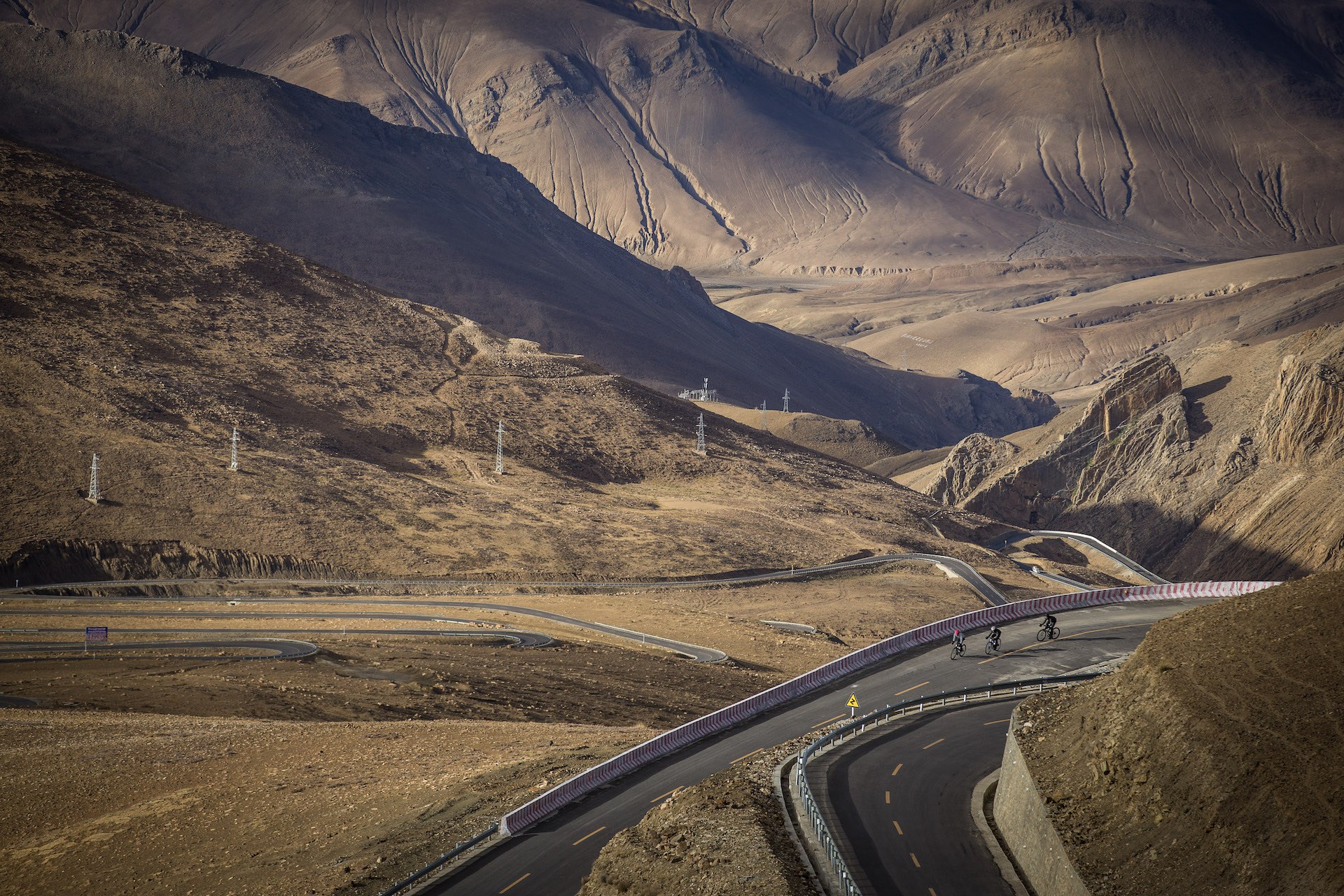
So we took off in pitch black, rode for a couple of hours up a mountain, then watched the sun come up over the Himalayas, which was magical. It was clear skies, which I hadn't actually thought about but someone mentioned that 80% of people don't even get to see Everest because it's covered in cloud and fog. We had absolutely crystal clear skies and it was a real moment.
Then I finally got to ride the descent, which was my little moment. I really tried to savour the moment, rolling down the epic descent which had started this entire journey before tackling the final 25 km climb, where I was on my absolute limit.
Because of the altitude, or distance, or gradient?
Well, we'd done two 25 km climbs over 5,000 metres. I just didn't have any power and by the end I was on my hands and knees for that last four or five kilometres. But then, Everest pops up and you realise what you're looking at and it’s a surreal experience. I sat there for half an hour just staring at it. You’re at 5,200 metres and then another 3,500 metres is staring back down at you.
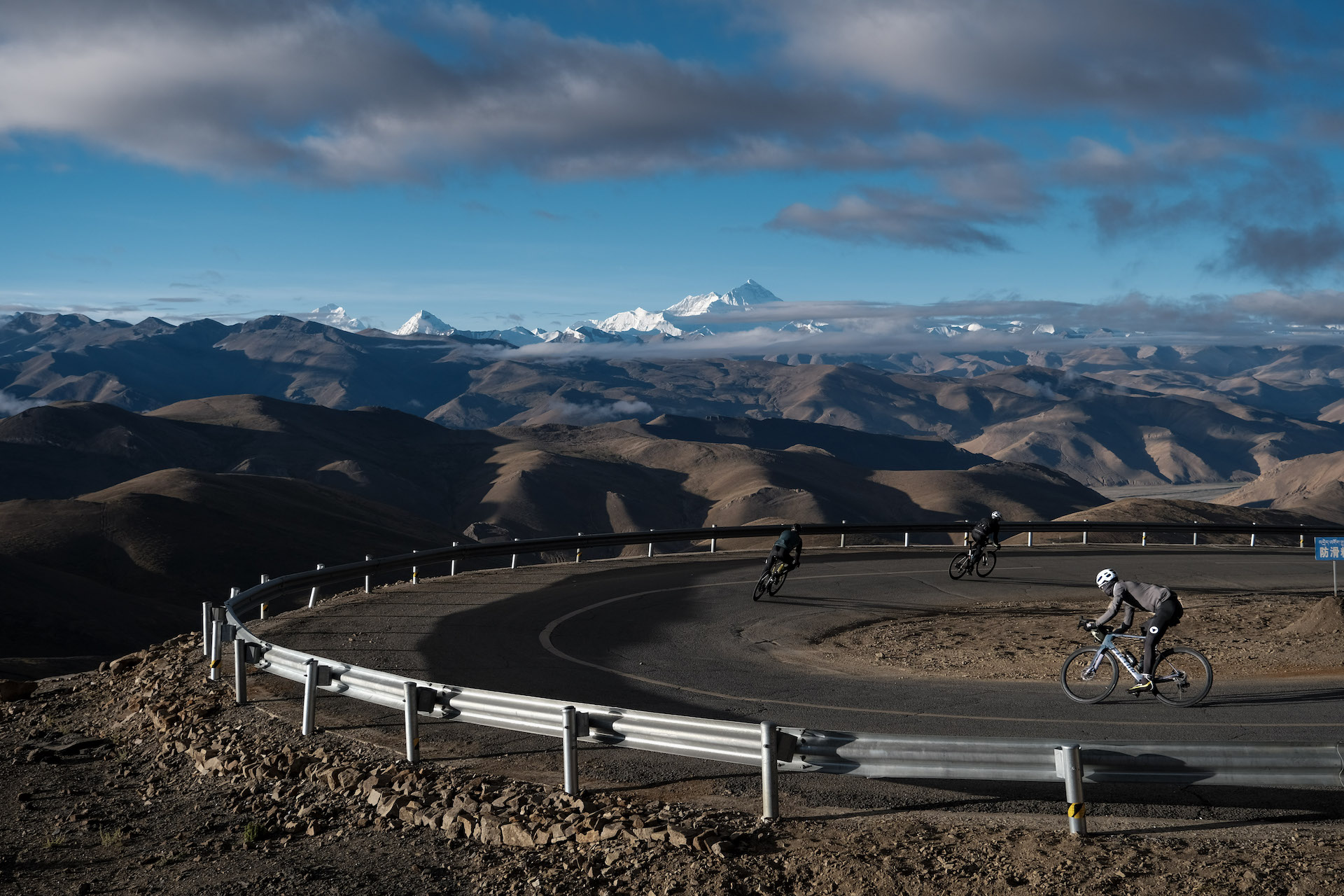
If you guys were to have raced who would have won? For argument's sake …
Matty [Wilson]. Matty is the fittest. I had one bullet left in the chamber and I think I shot that on day two. I think he’s got the Strava record [to Base Camp]. I can’t see that being beaten for a while.
He’d been savouring that moment, I tell you. He didn’t mind sitting on me for most of the trip [laughs], but then we got to the last leg and then he's gone! Yeah, he absolutely ripped it up there. And the rest of us just tapped it out and enjoyed it. Well, tried to enjoy it ...
He definitely won the stage, but I don’t know if he won the race!
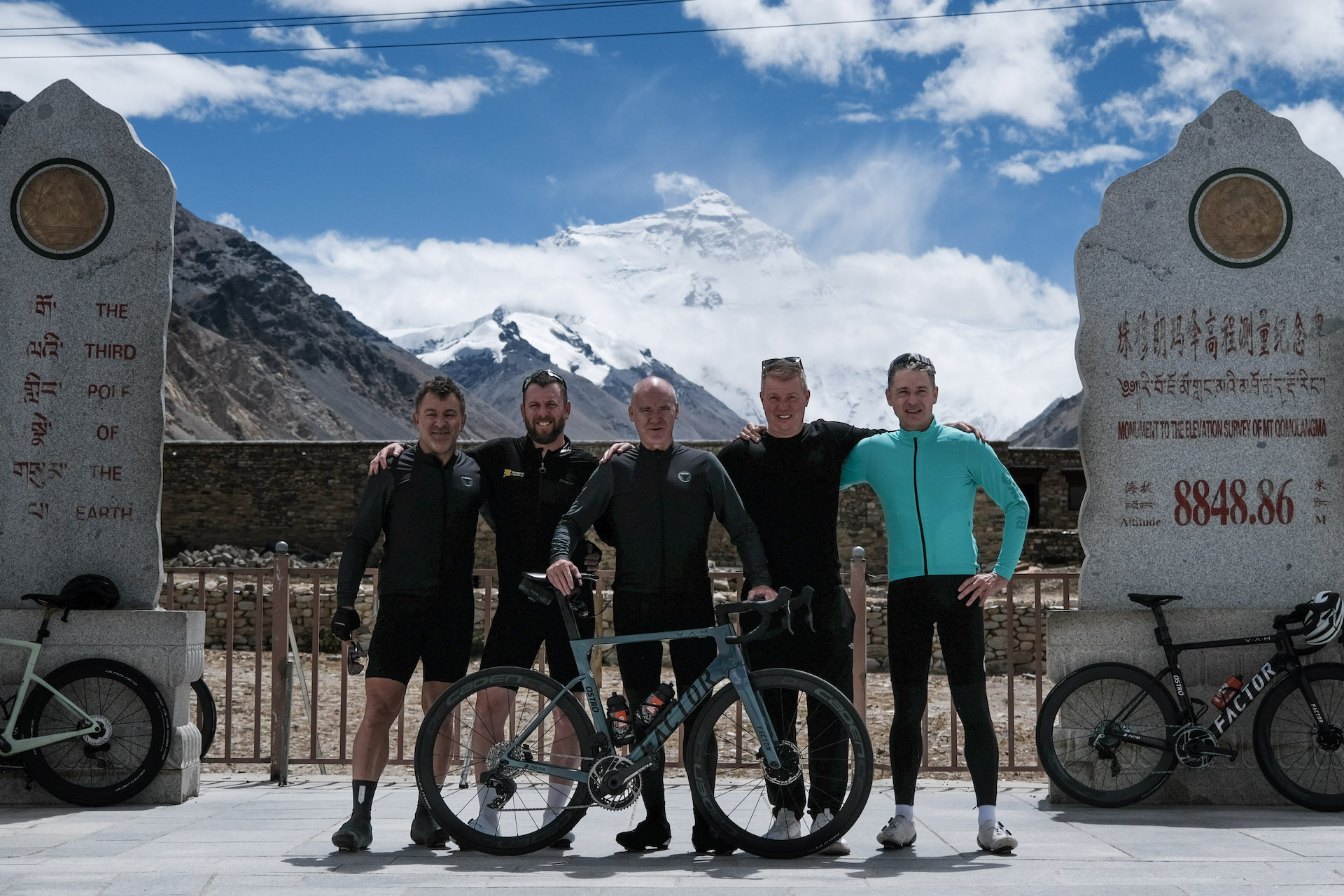
That’s fantastic. Just awesome. So where does cycling fit into your life now? Is it different to you now, or a progression of the same thing?
It was just nice to do something different away from the competition bubble. We’ve ridden lots of Tours de France, lots of races with big crowds such as the Olympic Games, all the rest of it. Whereas this was just you and your bike, out on an almighty adventure.
I'm not going to say it was life-changing, or I've come home and now see the world from a different angle. We were just there to enjoy the unique experience and that's what it delivered. We were descending through towns at 60 or 70 km/h, bunny-hopping speed humps and stuff, and there's people ploughing and cutting grass by hand, and it was like stepping back in time. It was a unique journey and I certainly recommend it.
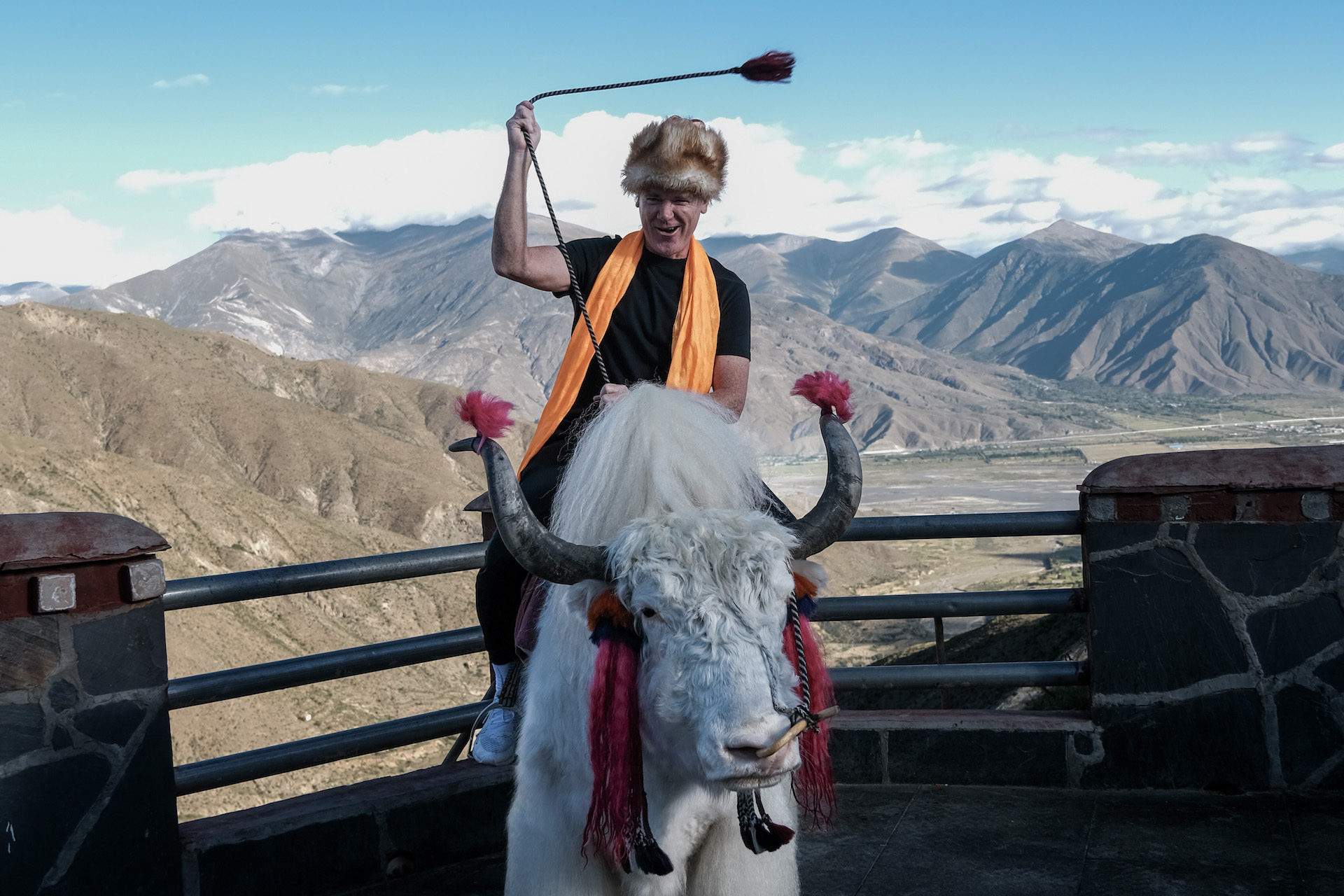
Is there anything you really miss about professional cycling? A mutual friend told me that you said that you miss the feeling of being really fit. Is that accurate?
Yeah, that’s accurate. It’s the reason I don’t ride a lot these days I guess. I hop on the bike and I do miss the feeling of being super fit. You spent all your life fine-tuning your body. Whether it’s the Tour Down Under, the Tour de France or Roubaix, you're always trying to be the best you can every day. Once you retire you look back and go, “How the hell was I so dedicated?”
I struggled to remind myself of how focused and motivated I was to wake up every day and put on my shoes and grab my bike and go out in whatever weather conditions and not question it. Once you step out of that bubble and away from that world for a while, have kids and families and live a more ordinary lifestyle, you do miss the feeling of being really fit. You kinda think, “What's the point of going for a ride?” Say up Mt. Lofty [in the Adelaide Hills] when you’re going 12-15 km/h when you used to do double that. But you know, that's just life.
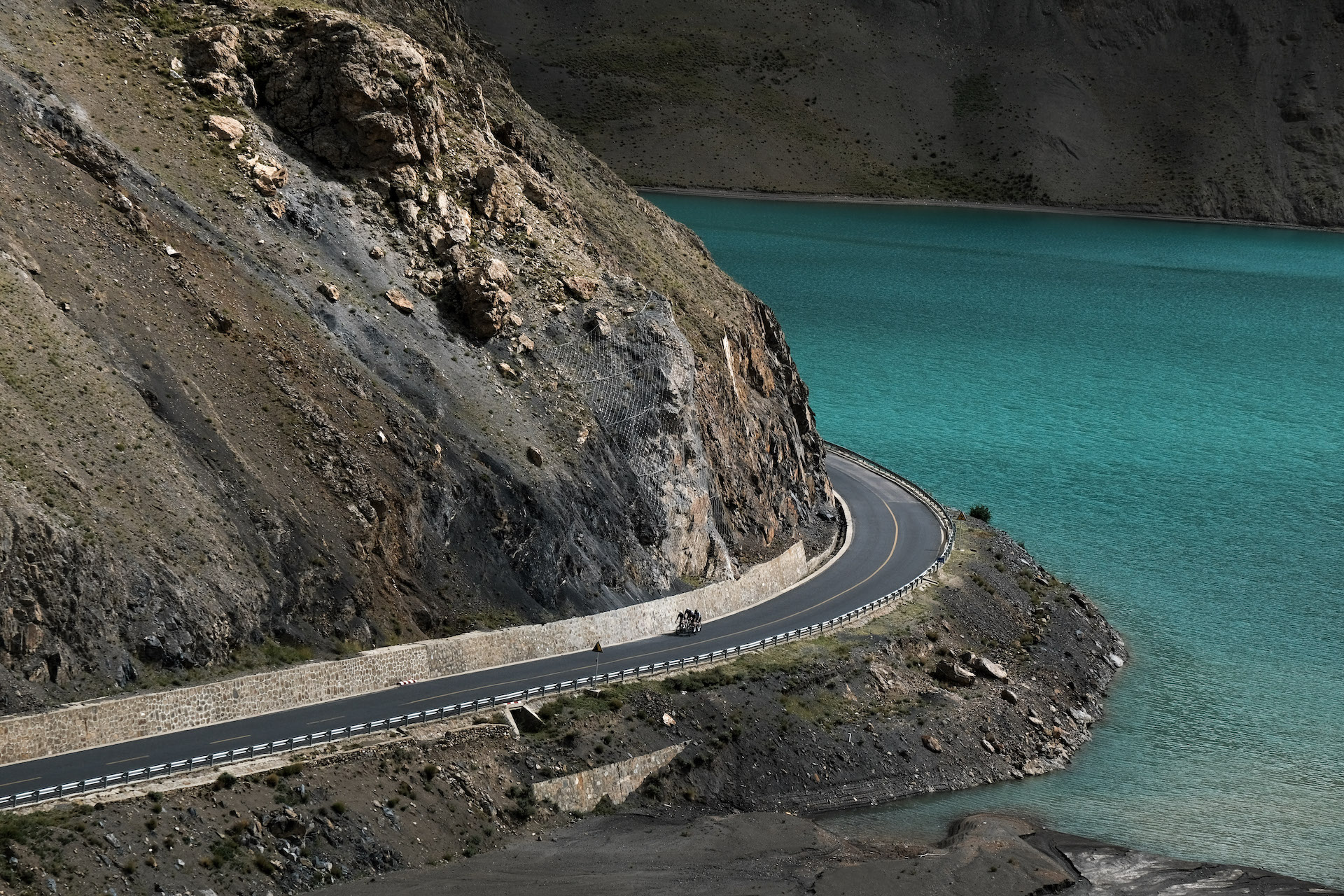
Any tips for someone who wanted to take a trip like this? Any advice you'd give?
Obviously, the more you can do the better. But I don't think you need to be super fit. I think you just need a good general fitness level. And the biggest bit of advice: just take it easy. Listen to Shannon. Those first few days are critical. Once you acclimatise then you can you ride yourself into it every day.
Besides the actual mountain climbing, I was feeling better and better. And you need to stay in control. There's less air resistance. You're riding fast, you're excited and you're in a new location – part of you wants to swap off and go as fast as humanly possible. Which we did on one occasion, then we were all regretting it a few minutes later. You need a bit of self control to regulate that.
Tackle it like a hill time trial. Don’t go too hard.
Trip details:
When to go: May or September
Where to fly into and out of: Chengdu, China
Find out more: Visit Serk.cc for a Tibet/Everest cycling adventure like this, as well as many other bucket list tours.
Did we do a good job with this story?



